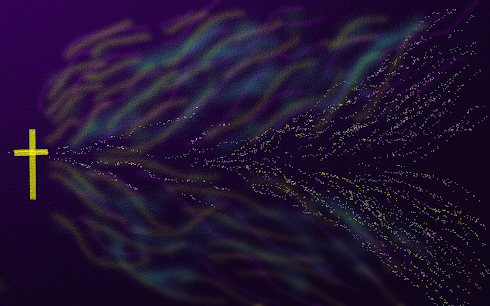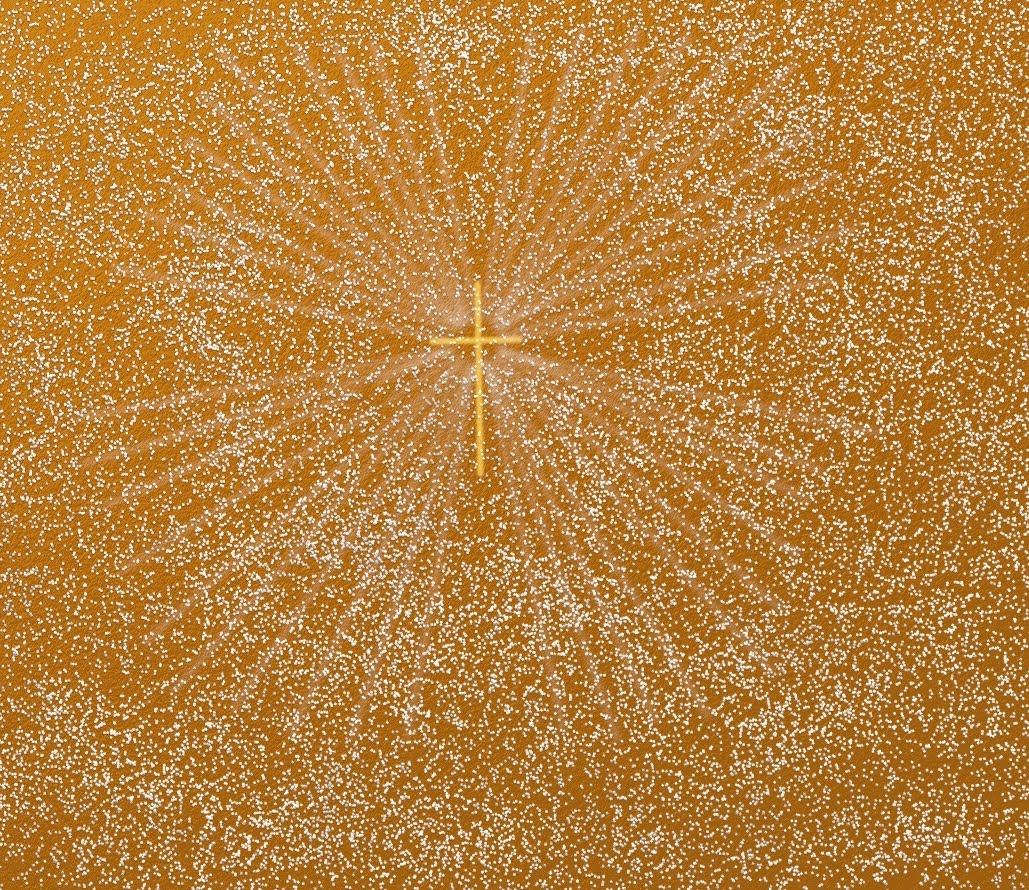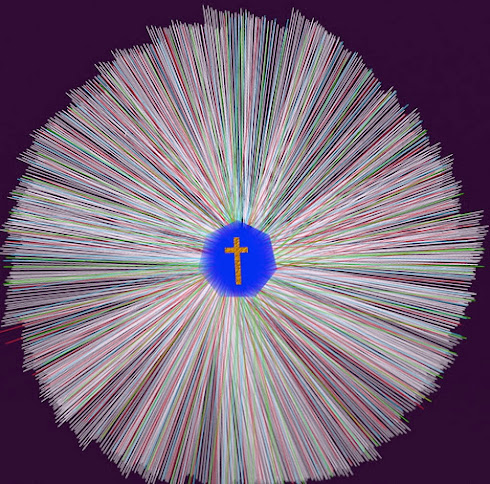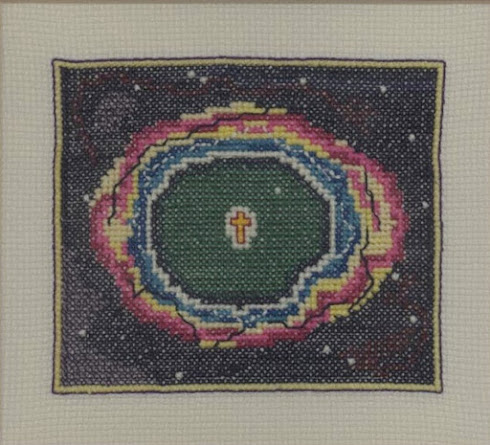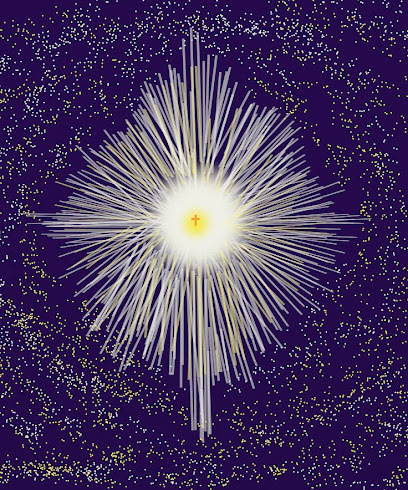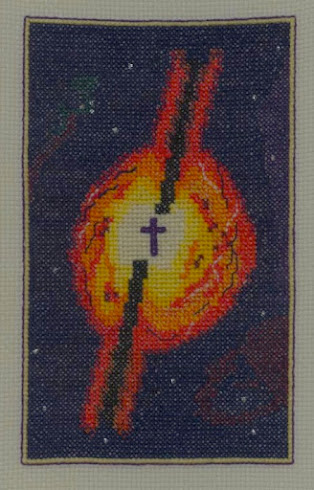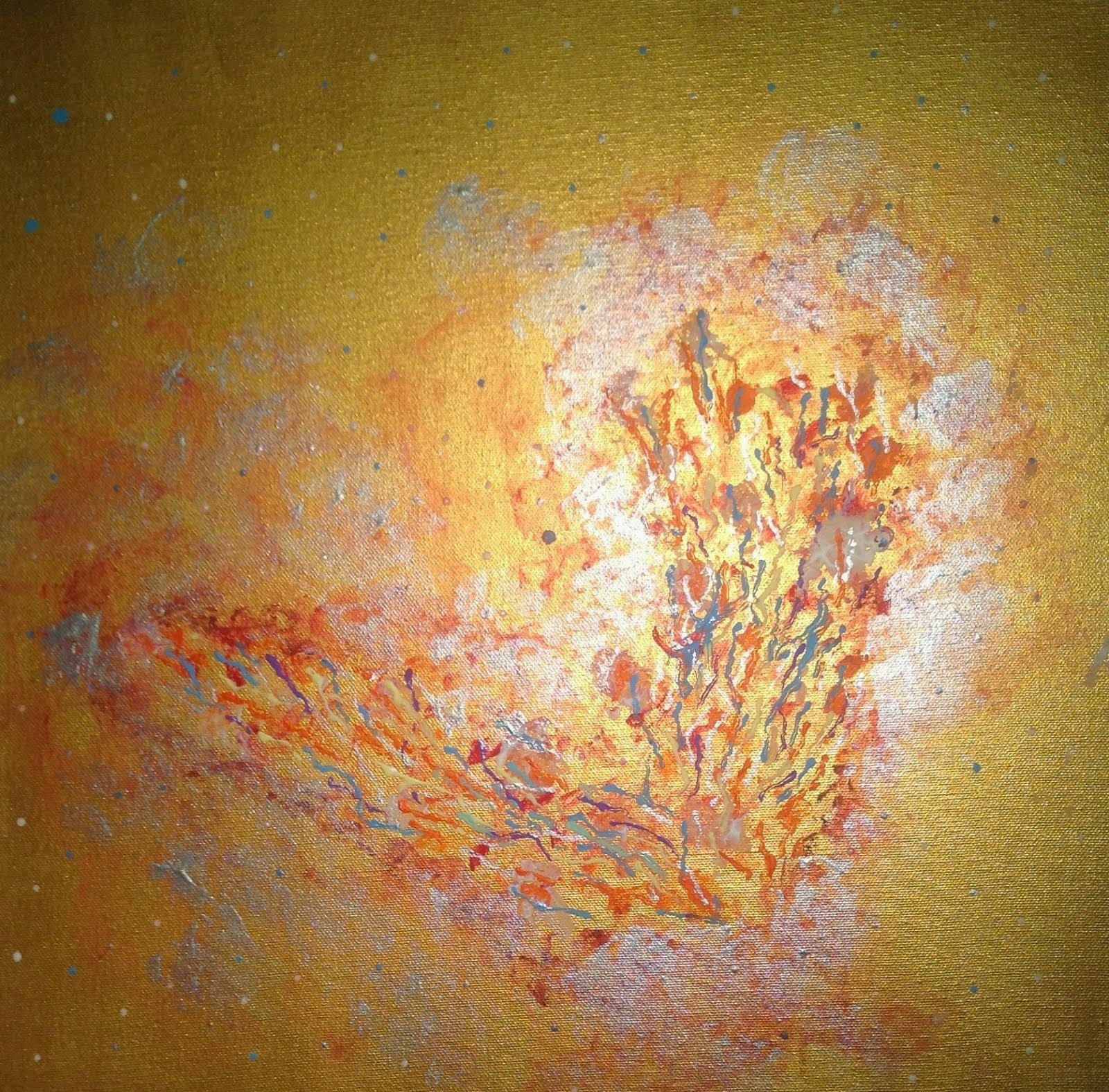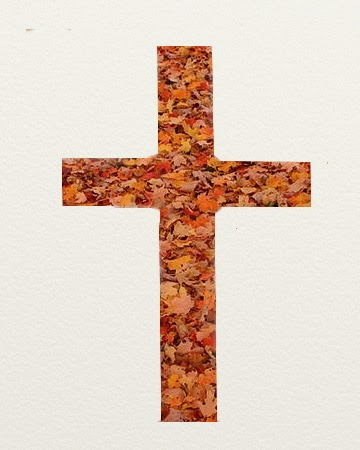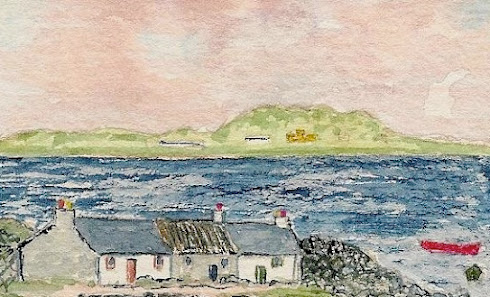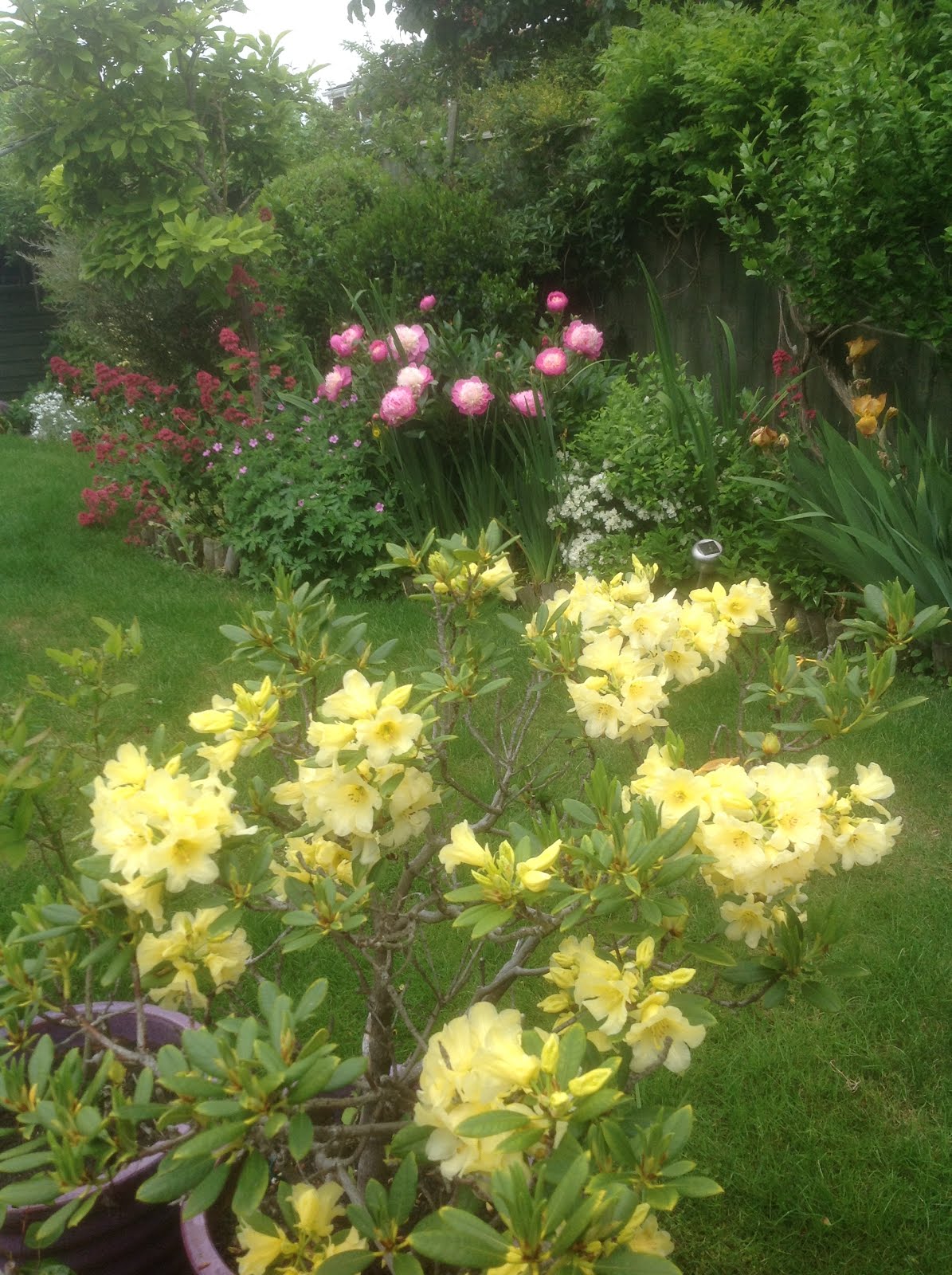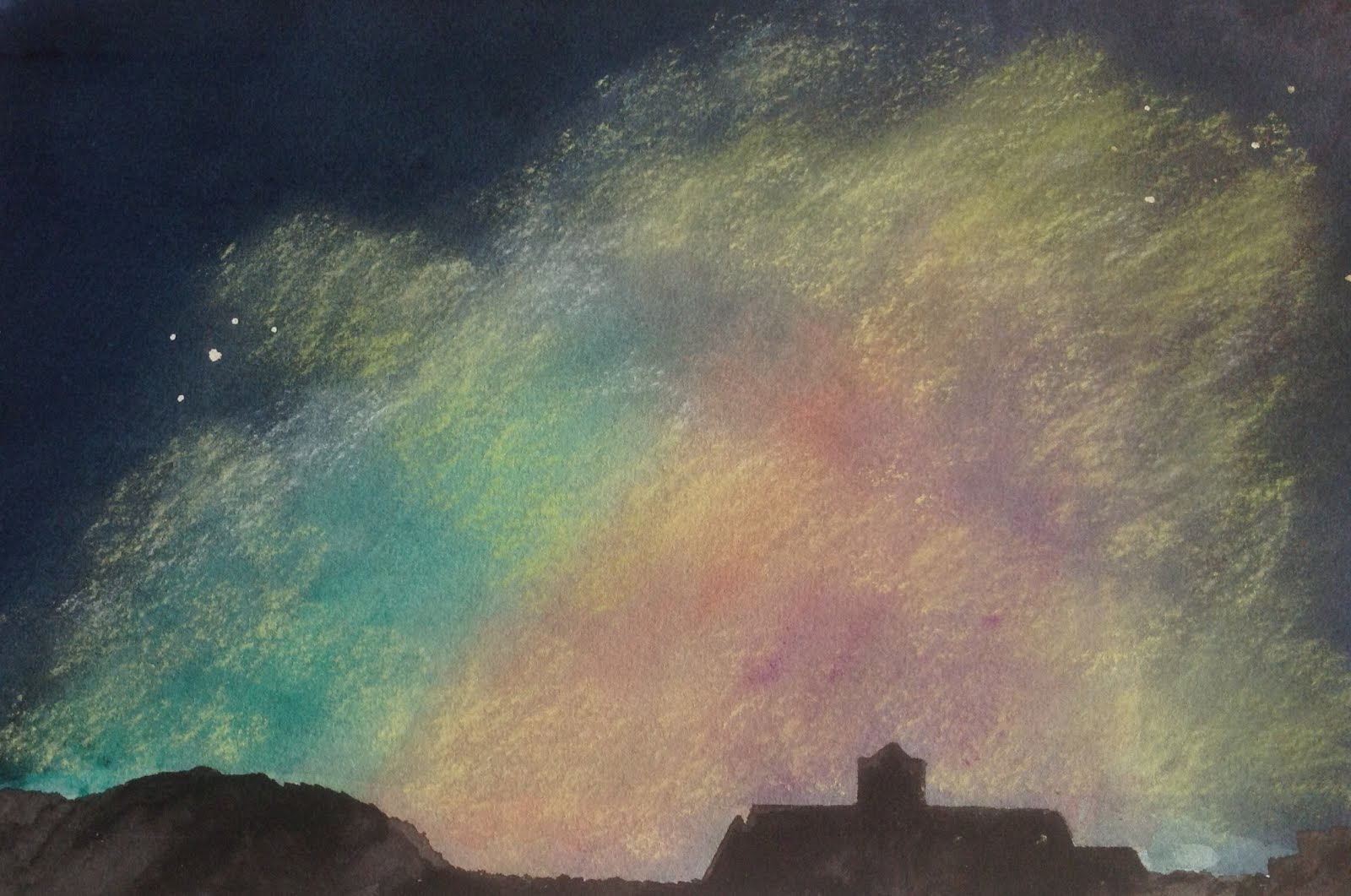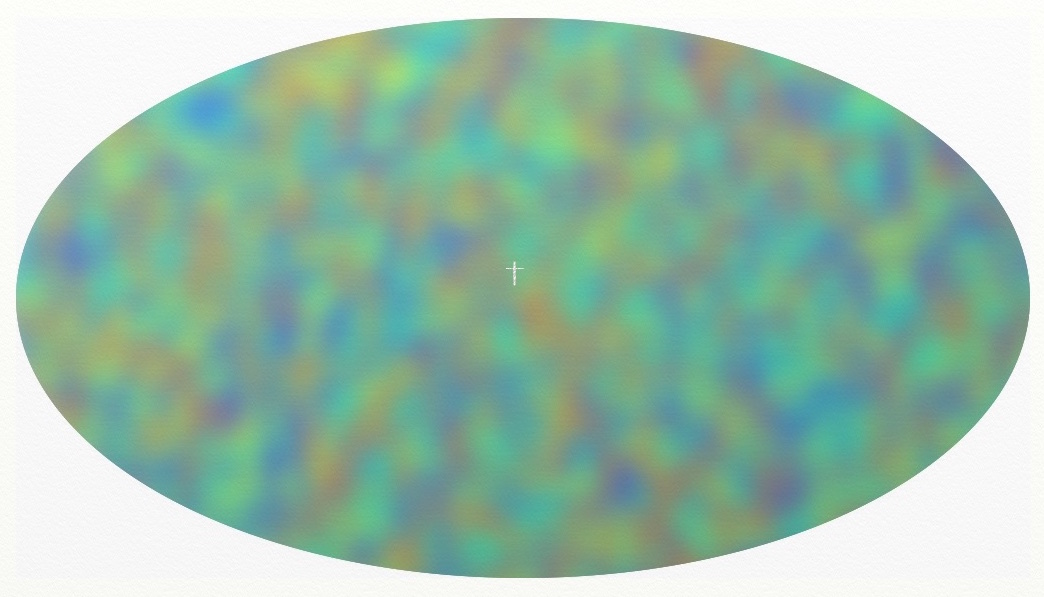Holy Land Pilgrimage - First Impressions.
We started at the Mountof Olives with the intention of walking down via Dominus Flevit to The Garden of Gethsemane. Fierce wind and some rain, so organisers decided against the walk. So next to the church of St. Peter in Galicante -The High Priest’s House. Church on three levels. Beautiful church with shoes left at the approach by Christians from another persuasion. I was asked to read the denial of Peter at the chapel beneath the church where there were three panels showing the denial, Peter weeping and then the forgiveness by Jesus on the beach.
Then to the improbably supposed site of the Upper Room near the Church of the Dormitian. Very busy and Said, our very competent guide, was vexed by a large group of pilgrims who had annexed one end of the room and were singing a worship song so loudly that other groups were not able to hear their guides. A few tense moments that were, in a very minor way an illustration of the difficulty of Christians working together: some of our group would have liked to stay and sing.
By this time we were definitely ready for lunch which was at Bulghourji restaurant in the Armenian quarter. Our ignorance of the Armenian genocides which began in 1915 and took between 1 and 2 million lives at the hands of the Ottomans was common with everyone in our group. It is recognised as one of the disasters of the twentieth century eclipsed only by the Holocaust. Jerusalem was a refuge for the persecuted. Turkey today still does not recognise the events as a genocide.
The next stop was the Western Wall which is the western wall of the third temple (immediate successor to the second and fused with it in descriptive terms). The lower courses are the original wall of Solomon's temple and the upper courses built up to make a platform for the second temple. Tradition has it that this is the site in which the foundation stone of the world is to be found, where Adam was brought to life and where Abraham set out to sacrifice Isaac on Mount Moriah, the Temple Mount. This is also where Christ's second coming and there is competition for graves in the Jewish cemetery with high prices being paid $25000 for a grave which only lasts 35years!
Most of our party went to pray at the wall but I preferred to each from a distance. At that distance it was interesting to note that the custom of walking backwards from the wall after praying was honoured far more by the women than the men at least today. The custom of praying at the wall,was revived in 1967 after the second Arab Israelmwar when the Morroccan quarter was demolished to make access to the wall simpler.
Fairly weary by now, we returned to the top of The Mount of Olives to walk down to the Garden of Gethsemane via the church of Dominus Flevit (The Lord wept). That visit became more poignant later in the day. Beautiful window in the church looking across the City. I would like to use the patterning for a cosmic theme.
At the bottom we sat outside The Church if the rock not quite aware that we were sitting on the rock where Jesus is believed to have prayed somewhat to the consternation of a group of Russian Orthodox who wanted to venerate the stone! The ancient olives are fascinating even though not dating back to the time of Christ - but they are still pretty ancient.
We returned to the hotel and heard a considerable commotion interspersed with loud bangs. By now we knew today to be the anniversary of what the Palestinians refer to as The Catastrophe and assumed the noise to be firecrackers thrown by angry Palestinians and their sympathisers. However, at evening prayer on the rooftop of the hotelier learned the bangs had been tear gas canisters being fired. The Lord still surely weeps over this city!
Move on to Day 2
OR REturn to main pilgrimage index
Evening Prayer on the hotel roof: walls of Jerusalem in background and tear gas being fired along the road below
OR REturn to main pilgrimage index


